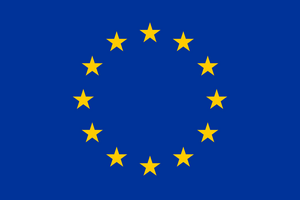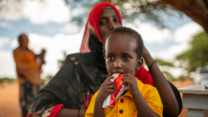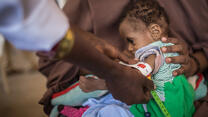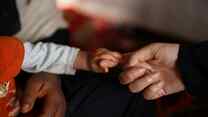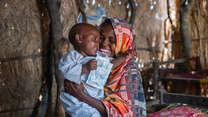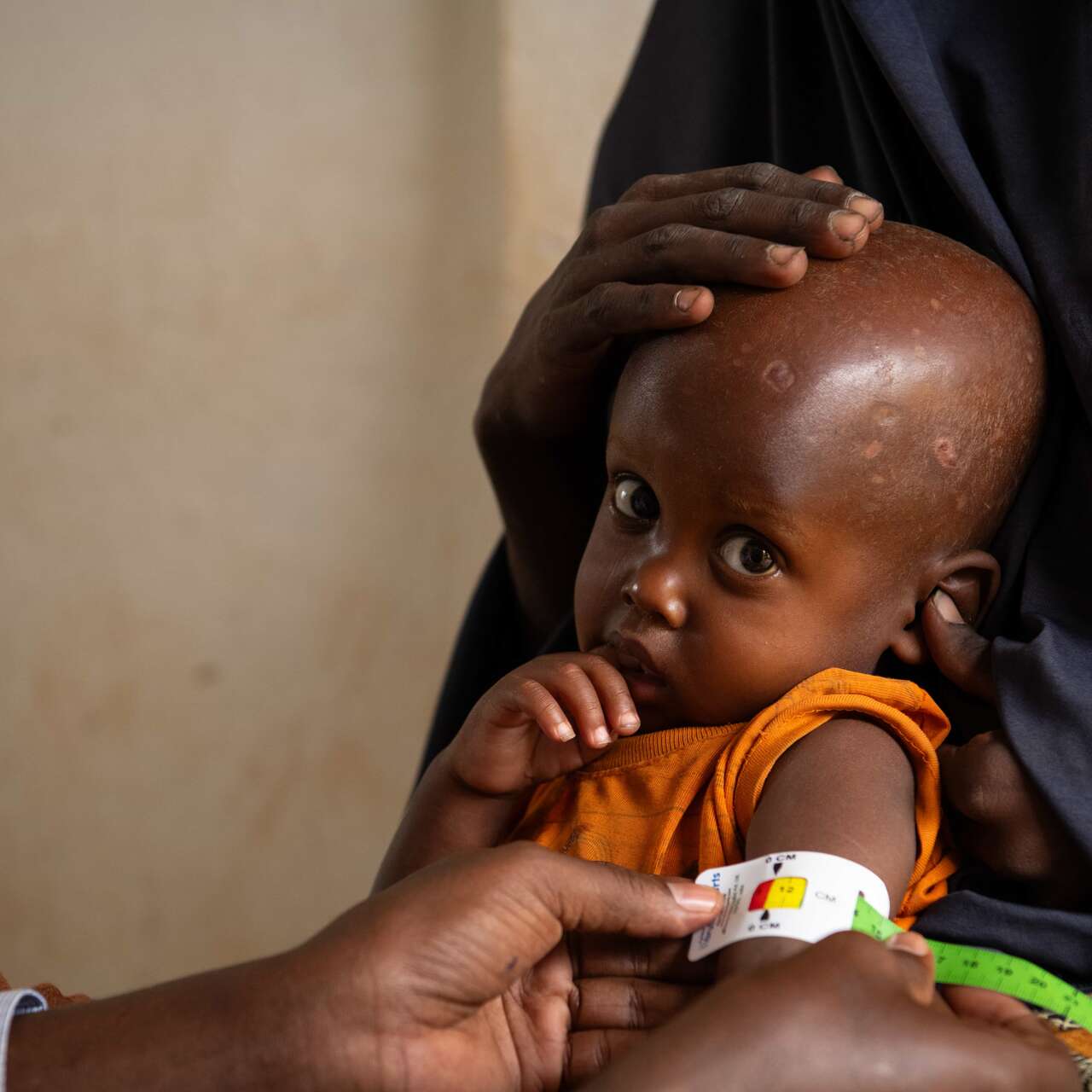
Climatic shocks have created a devastating food insecurity crisis across East Africa. Over the last few years, the dangerous combination of prolonged drought and flooding has led to soaring levels of severe malnutrition, especially among children. In Ethiopia, this crisis has only been compounded by multiple conflicts, inflation, and a refugee crisis that has placed further pressure on the limited resources available.
Today, there are more than 5 million children suffering from acute malnutrition in the East Africa region and 45 million children globally. With the support of the European Union (EU), the International Rescue Committee (IRC) is training health teams on implementing our simplified protocol to treat child malnutrition – an approach that has proven to be highly effective in helping children survive and recover fully from acute malnutrition.
A streamlined and effective approach to treating child malnutrition
Located in the Somali region in Ethiopia, the Eelkare health center is a facility with outpatient and inpatient wards, a malnutrition department, a maternal care unit, and tuberculosis-focused services. The center also provides health services and conducts health awareness campaigns in the community.
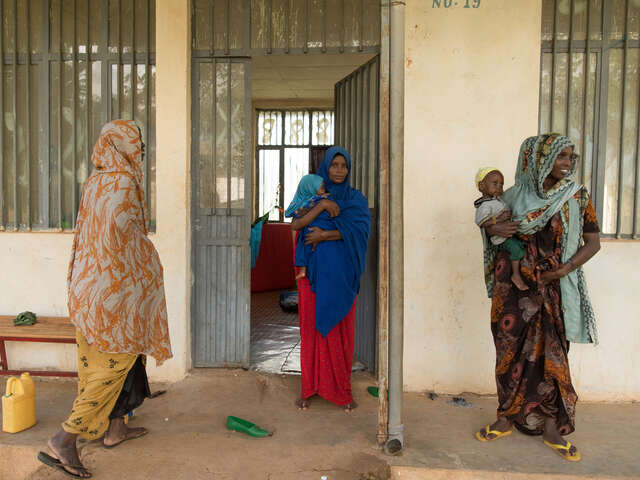
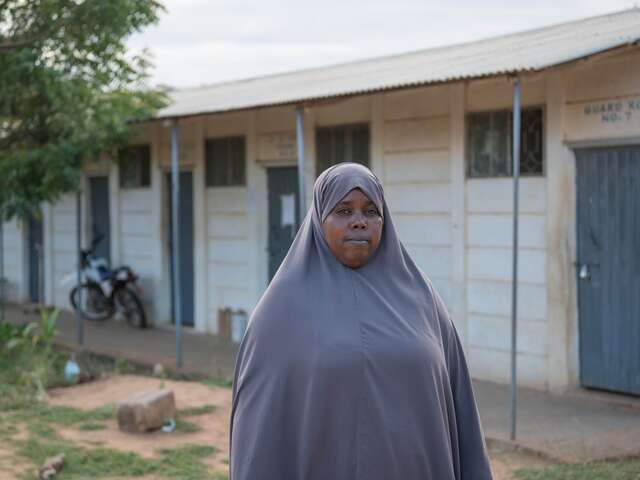
As the manager of the health center, Muntaha shares information on how parents can identify symptoms of acute malnutrition in their children:
“The most significant symptoms to watch for are vomiting, diarrhea, fever, and persistent coughing, which indicate malnutrition. When these symptoms appear, it’s crucial to bring the child to the health center.”
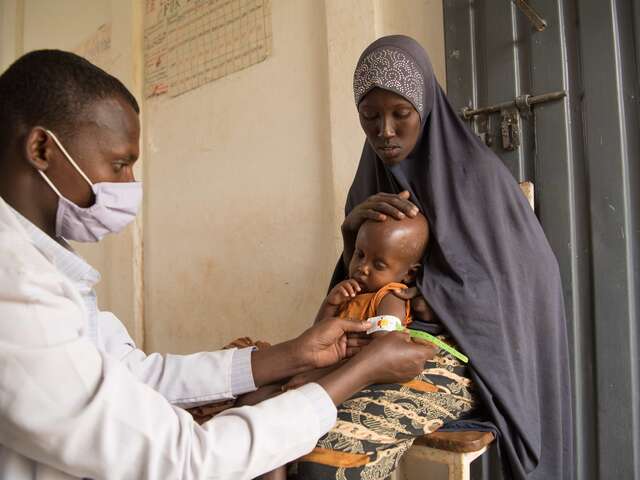
At the health center, the first step in the IRC’s simplified protocol is to make a diagnosis for moderate acute malnutrition or severe acute malnutrition using a mid-upper arm circumference (MUAC) measuring tape. Common diagnoses will show that children with moderate acute malnutrition have some micronutrient deficiencies and weight loss, while children with severe acute malnutrition have significant micronutrient deficiencies and symptoms of severe wasting and edema. Both community health workers and parents can easily learn to use the color-coded MUAC tape, which helps to increase the number of children who receive an accurate diagnosis and treatment.
The IRC’s simplified approach then allows for the health workers to treat all acutely malnourished children under a single treatment program, regardless of whether they have a moderate or severe level of malnutrition. The primary treatment product is a high protein peanut paste known as ready-to-use therapeutic food (RUTF), and the dosage is adjusted based on the severity of the child’s malnutrition.
RUTF has been proven to be more than 90% effective at quickly curing children with acute malnutrition. However, the traditional protocol used by various international organizations prevents children with moderate acute malnutrition from receiving RUTF. The IRC is aiming to change this practice, so all children suffering from malnutrition can be treated with RUTF.
With funding from the EU, the IRC has been a crucial partner for the health center, offering trainings for health workers at the center and from the community on the IRC’s simplified protocol for treating child malnutrition. Muntaha, who is participating in the trainings, says, “The assistance the IRC provides helps us serve the community.”
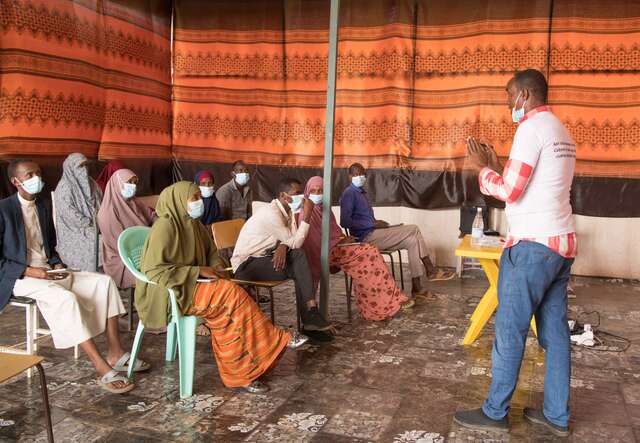
The EU’s support has also been essential for Abdala, 30, an emergency project coordinator for Norwegian Church Aid, an IRC partner organization on the ground. Abdala has helped to implement a six-month drought response project, which involves distributing water, sanitation, and hygiene (WASH) supplies, strengthening existing government health facilities, and providing health and nutrition services through a mobile health clinic.
Through their mobile health clinic, Abdala and his team go out into the community to diagnose and treat children with acute malnutrition and refer them to health facilities when needed. They also provide cash assistance so that caregivers can buy food for their families.
“One of our clients was telling us her story. She didn’t have anything to eat for almost 4 to 5 months. As a result, most of her children have malnutrition,” explains Abdala. “We provided her with [cash assistance].... She is able to feed her children and improve their nutrition status through the support we provided her.”
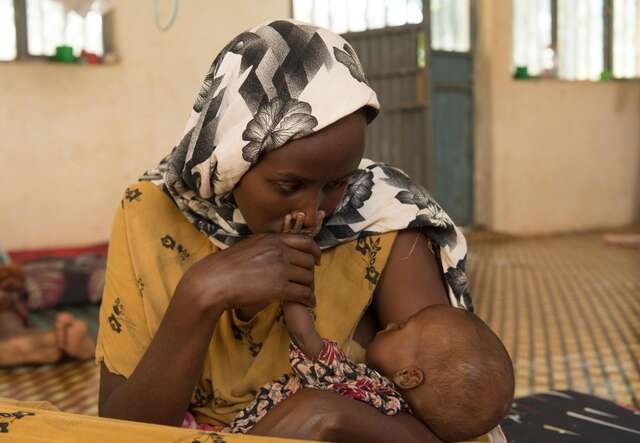
Working in a remote area like the Elekere district is challenging because the children and families are often far removed from the vital assistance they need. Thanks to the EU’s support, health workers like Abdala and Muntaha are able to take a streamlined approach to combating child malnutrition and provide the right interventions at the right times for children to stay healthy and thrive.
The International Rescue Committee partners with the European Union to provide life-saving support to people caught in conflict and disasters around the world. Our work funded by the EU enables people to survive, recover and rebuild their lives.
